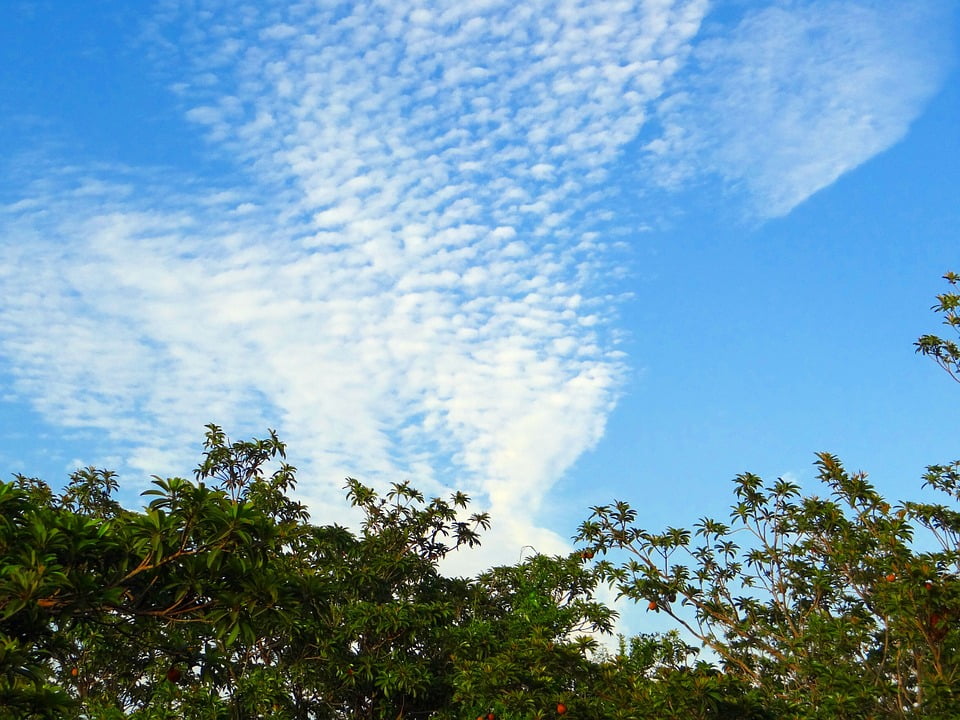
One month earlier, in June 2007, a Washington Post reporter dropped his BlackBerry into a toilet while prepping for a date. It didn’t work, but it is proof that the method existed before the iPhone, even if the details of the technique were fuzzy - "Is the rice supposed to be cooked or uncooked when using it to dry out a water-soaked cell phone?" asked one user on Yahoo Answers at the time. In July 2007, less than a month after the first iPhone was released, a MacRumors forum member by the name of jorsuss launched a thread called "I dropped my iPhone in water" with a familiar tale: "I was checking the phone if I got any calls or messages and I dropped it in the sink." Jorsuss covered the phone with rice in what may have been the first documented attempt to use the rice trick on an iPhone. But where did the rice trick come from - and does it really work? You can almost imagine our ancestors dunking their precious, soggy goods into burlap sacks of rice long ago. In an era of Genius Bars, man-on-robot assault, and do-it-yourself handgun drones, the so-called rice trick feels like a kernel of ancient wisdom, passed down from one generation to the next. So I did: I found an abandoned box of Uncle Ben’s, buried my phone under the grains, put it back in the pantry, and waited for the rice to work its magic. Jasmine, long grain, risotto, dark wild, or basmati, put it in rice. Put it in rice, my parents said, and leave it there for at least a day. No matter how faint the prospect of revival, every wet phone elicits the same folksy remedy: put in rice, my friends said. Jasmine, long grain, risotto, dark wild, or basmati, put it in rice He fished it out, and solemnly presented its soaking, lifeless corpse to me. I had no idea where it had gone until 26 hours later, when a swimmer noticed the phone’s reflective Apple logo winking at him from the lake’s muddy bottom.

Sometime during my swim, the phone slipped out and disappeared. Unbeknownst to me, my battered iPhone 5S sat snugly in my pocket. The latex is used in the tropics as a crude filling for tooth cavities.Recently, while spending a weekend in Upstate New York, I jumped into a lake with my shorts on. Seed paste is applied on stings and bites from venomous animals. A fluid extract of the crushed seeds is sedative. Fruits, leaves, flowers and bark used for diarrhea, coughs, colds, pulmonary issues, Crushed seeds are a diuretic claimed to expel bladder and kidney stones. Unripe fruit are high in tannins which dry out the mouth (very astringent) and contain high levels of saponin. Fruit has a high latex content and does not ripen until picked, whereupon the fruit softens to a firmness and appearance very similar to that of a fuzzy, brown-skinned kiwi. Fruit inner flesh is yellow to golden brown with grainy pear-like texture. Don’t swallow the seeds whole or they will hook into your throat. Fruit is large elliptical berry resembling a smooth potato containing two to ten black seeds that have a hook on one end.

Tree has glossy elliptical leaves, little white bell-like flowers, with a six-lobed corolla.

Bark is rich in a white, gummy latex called "chicle", containing 15% rubber and 38% resin, which makes it a great base for chewing gum. These trees are popular in warm areas from Mexico to India, tropical Asia, Philippines, Caribbean, and people are starting to grow them in southern Florida, California, Hawaii and greenhouses. Although this tree only grows in warm, tropical areas, I included it because the latex from this tree is the original source of chewing gum and the Sapodilla fruit is super sweet tasting like malty caramel dipped in brown sugar.


 0 kommentar(er)
0 kommentar(er)
